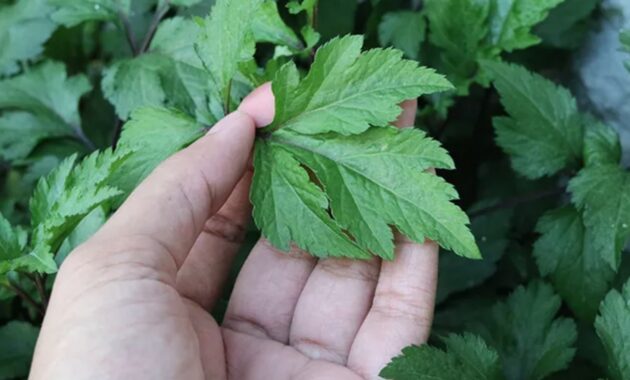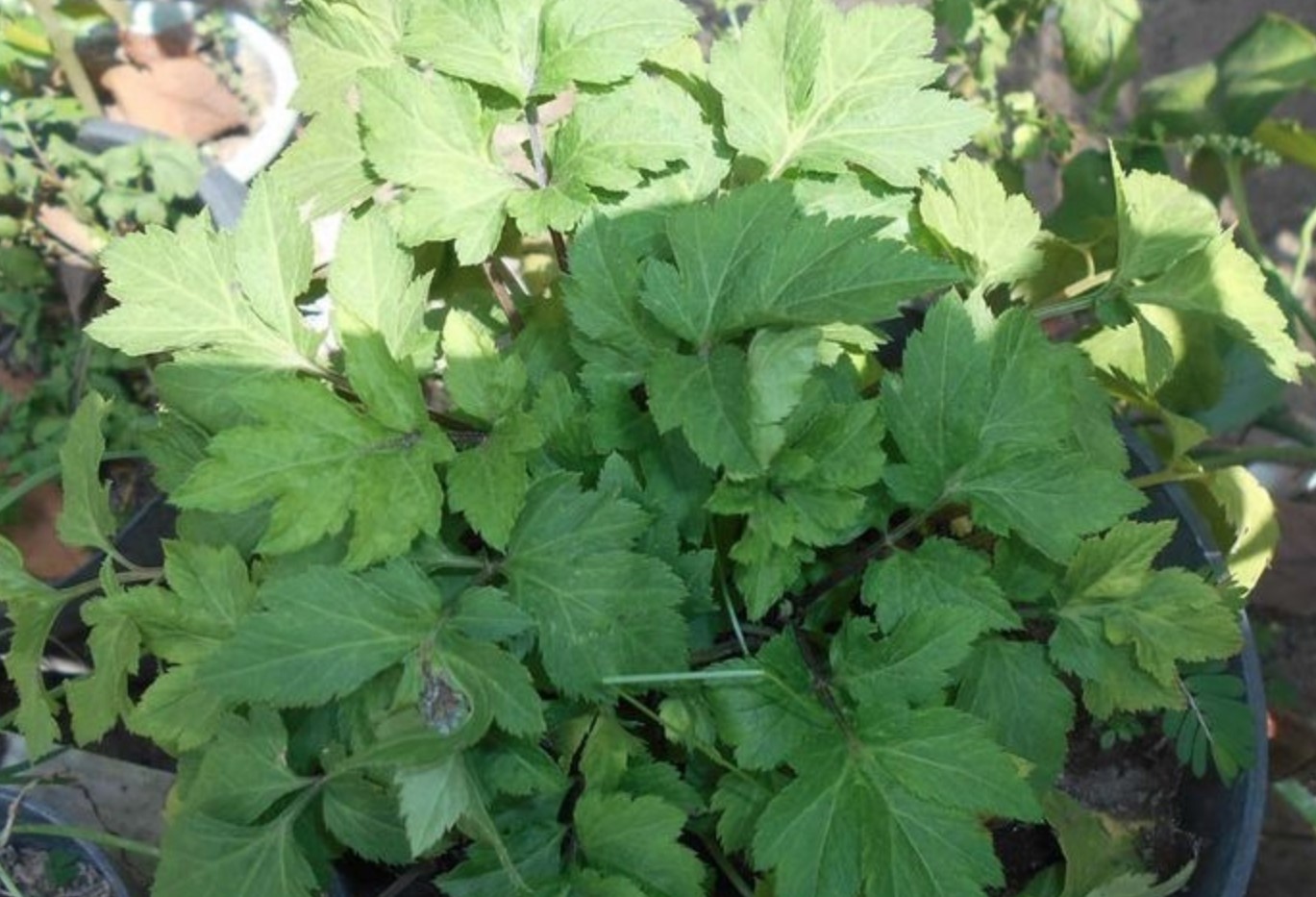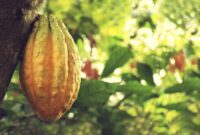
When it comes to unique and lesser-known plants, Pimpinella pruatjan definitely stands out. This tropical perennial herb is native to Southeast Asia and has captured the attention of gardeners and plant enthusiasts alike. If you’re curious about how to grow and care for this fascinating plant, you’ve come to the right place!
What is Pimpinella pruatjan?
Also known as Chinese parsley or Thai coriander, Pimpinella pruatjan is not just any ordinary herb. It belongs to the Apiaceae family, which is the same family as carrots and parsley. However, it has a distinctive flavor that’s slightly different from the usual coriander we know.
In my journey of exploring various herbs, stumbling upon Pimpinella pruatjan felt like finding a hidden gem. It’s not just a pretty face—this plant has a rich cultural significance in the cuisines of Southeast Asia, particularly in Thailand and Laos.
Basic Characteristics of Pimpinella pruatjan
Let’s dive into what makes this herb so special:
- Scientific Name: Pimpinella pruatjan
- Common Names: Chinese parsley, Thai coriander
- Family: Apiaceae
- Native Region: Southeast Asia
- Height: Can grow up to 3 feet tall under optimal conditions.
- Leaves: The leaves are finely divided, resembling those of parsley but with a more delicate appearance.
Ideal Growing Conditions
Getting the growing conditions right for Pimpinella pruatjan is crucial if you want it to thrive. Here are some essentials:
- Light Requirements: This plant loves full sun, so find a spot that gets at least 6-8 hours of direct sunlight each day. I made the mistake of placing mine in partial shade once, and it turned out leggy and less flavorful.
- Soil Type: Well-draining, loamy soil is ideal. A mix of potting soil with some compost can provide the nutrients this plant craves. I’ve found that adding a bit of sand can improve drainage, which is particularly useful if you’re growing it in a pot.
- Temperature and Humidity: Being a tropical plant, Pimpinella pruatjan thrives in warm temperatures. Ideally, keep it in an environment between 70°F and 90°F (21°C to 32°C). It also enjoys humidity, so if you live in a dry area, consider misting it regularly or placing a tray of water nearby to maintain moisture levels.
Watering Your Pimpinella pruatjan
Watering this herb properly is crucial for its health. Here’s what I’ve learned:
- Frequency: Water your plant when the top 1 inch of soil feels dry. This usually means watering once a week, but it can vary based on your climate and the season. When I first started, I tended to overwater, thinking more water meant healthier plants. Spoiler alert: it doesn’t!
- Signs of Overwatering: Keep an eye out for yellowing leaves or a wilting appearance. If you see these symptoms, it’s a signal to cut back on watering and check the drainage of your pot or garden bed.
Fertilizing Your Pimpinella pruatjan
To encourage robust growth and flavorful leaves, a bit of fertilizer can go a long way:
- Type: A balanced, water-soluble fertilizer works best. I prefer using one with a slightly higher nitrogen content to promote lush foliage.
- Frequency: Fertilize every 4-6 weeks during the growing season (spring and summer). I used to forget to fertilize regularly, and trust me, the results were noticeable—my plants weren’t nearly as vibrant or flavorful.

Pruning and Maintenance
Regular maintenance helps keep your Pimpinella pruatjan looking its best:
- Pruning: Trim back any dead or yellowing leaves to encourage new growth. I usually prune my plant in early spring before the growing season kicks off.
- Repotting: If you’re growing this herb in a container and it starts to outgrow its pot, repot it in a larger container every 1-2 years. I once let mine get too cramped, and it resulted in stunted growth.
Common Pests and Diseases
Every plant has its foes, and Pimpinella pruatjan is no exception. Here’s what to watch for:
| Pest/Disease | Symptoms | Prevention/Treatment |
|---|---|---|
| Aphids | Curling leaves, sticky residue | Spray with insecticidal soap or neem oil. |
| Whiteflies | Small white insects on leaves | Use yellow sticky traps or spray with insecticidal soap. |
| Fungal infections | Wilting, yellowing leaves | Ensure good air circulation and avoid overhead watering. |
| Root rot | Wilting, mushy roots | Ensure good drainage and avoid overwatering. |
Propagating Your Pimpinella pruatjan
If you want to expand your collection, propagating Pimpinella pruatjan is quite straightforward:
- Seed Propagation: Collect seeds from mature plants. Soak them in water for 24 hours before planting to encourage germination.
- Cuttings: You can also propagate through cuttings. Take a 4-6 inch cutting, remove the lower leaves, and place it in water until roots develop. Once roots are established, plant it in soil.
- Care: Keep the soil consistently moist until the new plants are well-established. It’s satisfying to see your efforts pay off as new growth appears!
Common Mistakes to Avoid
I’ve made my share of mistakes with this herb, so here are a few things to avoid:
- Overwatering: Always check the soil moisture before watering. It’s far better to underwater than to overwater, which can lead to root rot.
- Ignoring Pests: If you notice any pests, don’t delay in addressing the issue. I once ignored aphids, thinking they would go away, and they quickly multiplied, making it a much bigger problem.
- Not Harvesting: Regularly harvesting the leaves encourages new growth and keeps the plant healthy. Don’t be shy; use those fresh leaves in your cooking!
Culinary Uses of Pimpinella pruatjan
Now, let’s talk about why you might want to grow this herb in the first place: the culinary uses!
Pimpinella pruatjan is a popular ingredient in many Southeast Asian dishes. The flavor is a delightful mix of parsley and coriander, adding a fresh kick to salads, soups, and stir-fries. Here are a few of my favorite uses:
- Salads: I love tossing fresh leaves into my salads for an added layer of flavor. It pairs beautifully with citrus dressings!
- Soups: Add chopped leaves to your broth-based soups at the end of cooking to preserve their fresh taste. It elevates a simple chicken soup to something extraordinary.
- Stir-fries: Incorporate it into your favorite stir-fry for a pop of color and flavor. Just toss in some fresh leaves right before serving for the best effect.
Final Thoughts
In conclusion, Pimpinella pruatjan is a remarkable herb that brings a lot to the table—literally and figuratively! Its unique flavor, vibrant leaves, and relatively easy care make it an excellent choice for anyone looking to diversify their plant collection or spice up their culinary repertoire.
Don’t be afraid to experiment with this herb. Each plant has its own personality, and with a little patience and care, you can enjoy the vibrant beauty and flavor that Pimpinella pruatjan offers. Happy gardening!
Feel free to let me know if you need any adjustments or additional information!



